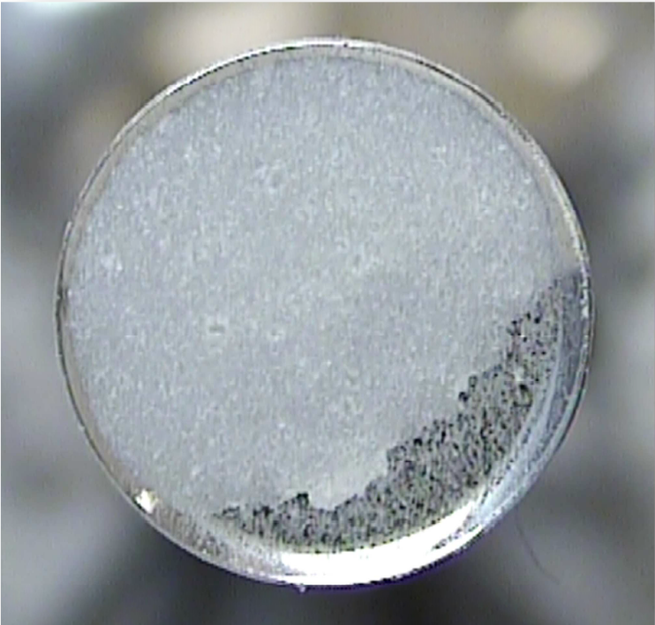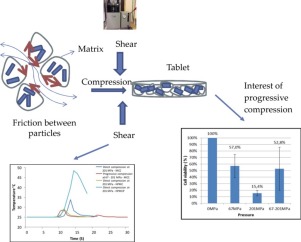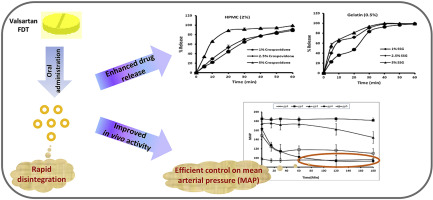- Home
- Blog
- News
- Basics
- Sources
- Agencies, Regulatory & Organisations
- CERSI Excipients Browser
- Excipient Report
- Excipient DMF List
- EXCiPACT Certified Companies
- Excipient Documentation
- Excipient EINECS Numbers
- Excipient E-Numbers
- FDA Inactive Ingredient List
- FDA GRAS Substances (SCOGS) Database
- IPEC Americas
- USP - U.S. Pharmacopeia
- Definitions
- Whitepapers / Publications
- Supplier
- Services
- Media
- Events
- 1st pharmaexcipients Poster Award
- Event Calendar
- Events featured by pharma-excipients
- 4th Annual Formulation & Drug Delivery Congress
- DDF Summit
- ExcipientFest Americas
- ExcipientFest Asia
- Global CompliancePanel
- International Conference and Exhibition on Pharmaceutics & Novel Drug Delivery Systems
- Formulation & Drug Delivery USA Congress
- Laboratory Medicine 2018
- Making Pharmaceuticals Europe
- Making Pharmaceuticals Exhibition
- Pharma Integrates
- PharmaExcipients China @CPhI China
- TTC Technology Training Center
- Jobs
- Online Sourcing
- Contact
10. August 2018
Sticking and picking during tablet manufacture has received increasing interest recently, as it causes tablet defects, downtime in manufacturing, and yield losses. The capricious nature of the problem means that it can appear at any stage of the development cycle, even when it has been deemed as low risk by models, tests, and previous experience. In many cases, the problem manifests when transferring the process from one manufacturing site to another. Site transfers are more common now than in...
08. July 2018
The purpose of this study was to develop self-microemulsifying (SME-) tablets to improve resveratrol solubility whilst delivering resveratrol in a preferred tablet dosage form. Resveratrol was dissolved in liquid self-microemulsifying drug delivery system (SMEDDS) (10 % w/w) and solidified through adsorption on several different solid carriers. Two ranges of synthetic amorphous silica (Sylysia® 290, 350, 470, 580; Syloid® 244FP, AL-1FP) as well as granulated magnesium aluminometasilicate...
24. June 2018
Co-processed excipients may enhance functionality and reduce drawbacks of traditional excipients for the manufacture of tablets on a commercial scale. The following study aimed to characterise a range of co-processed excipients that may prove suitable for dispersible tablet formulations prepared by direct compression. Co-processed excipients were lubricated and compressed into 10.5-mm convex tablets using a Phoenix compaction simulator. Compression profiles were generated by varying the...
07. June 2018
Wet granulation is mostly used process for manufacturing matrix tablets. Compared to the direct compression method, it allows for a better flow and compressibility properties of compression mixtures. Granulation, including process parameters and tableting, can influence critical quality attributes (CQAs) of hydrophilic matrix tablets. One of the most important CQAs is the drug release profile. We studied the influence of granulation process parameters (type of nozzle and water quantity used as...
05. June 2018
The possibility to compress ordinary paper into tablets was systematically investigated in this study. Results proved that tablets can be made from paper, independent of the type of paper used. The tablets appear shiny and with a smooth surface. The pharmaceutical quality was acceptable, i.e. all tablets fulfilled the requirements for tablets according to the European Pharmacopeia. Drug-loaded tablets were produced by compression of drug-loaded paper. Drug loading did not alter the...
12. May 2018
The objective of this study was to evaluate non-crystalline cellulose (NCC) as a novel tablet excipient in solid oral dosage forms in comparison with microcrystalline cellulose (MCC) and silicified microcrystalline cellulose (Prosolv®, SMCC). Significance: MCC, although a widely used tablet excipient, has diasdvantages in terms of its low dilution potential for potent drugs, and sensitivity to lubricant and moisture. SMCC, a modified version of MCC, has improved tablet compression properties....
09. March 2018
The use of amorphous solid dispersions (ASD) to overcome poor drug solubility has gained interest in the pharmaceutical industry over the past decade. ASDs are challenging to formulate because they are thermodynamically unstable, and the dispersed drugs tend to recrystallize. Until now, most research on ASDs has focused on immediate-release formulations, supersaturation, and stability; only a few studies have recently reported on the manufacturing of sustained-release ASDs.
19. January 2018
The authors studied six different grades of HPC to determine how they performed in high-shear and fluid-bed granulation.
10. January 2018
Faecalibacterium prausnitzii was previously recognized for its intestinal anti-inflammatory activities and it has been shown less abundant in patients with chronic intestinal diseases. However, the main problems encountered in the use of this interesting anaerobic microorganism are firstly its high sensitivity to the oxygen and secondly, its ability to reach the large intestine alive as targeted site.
21. October 2017
Fast disintegrating tablets (FDTs) dissolve or disintegrate in the mouth without the need of additional water. The aim of the present study was to formulate FDTs of Valsartan for the treatment of hypertension in children who could find difficulties in swallowing conventional solid dosage forms. The tablets were prepared by wet granulation technique. Superdisintegrants such as sodium starch glycolate (SSG) and crospovidone were optimized as 5% on the basis of least disintegration time. Different...










